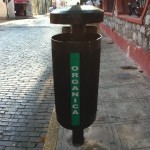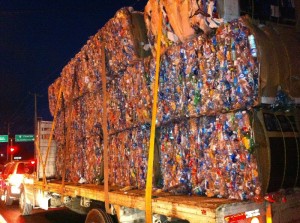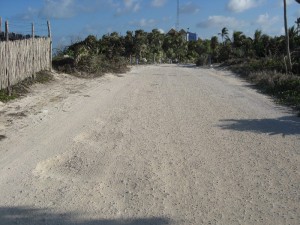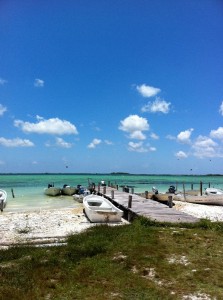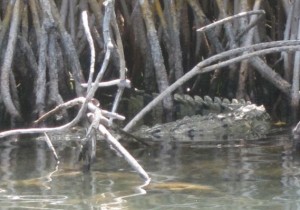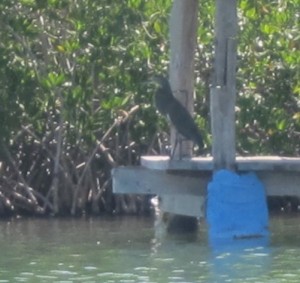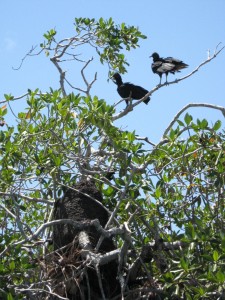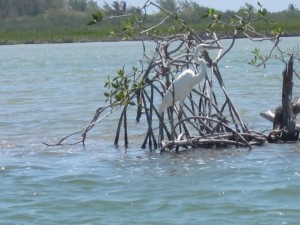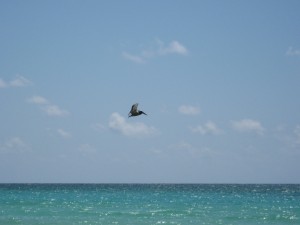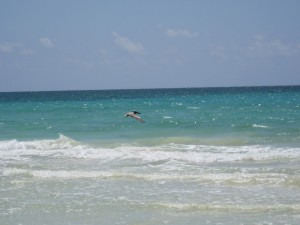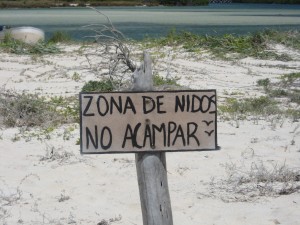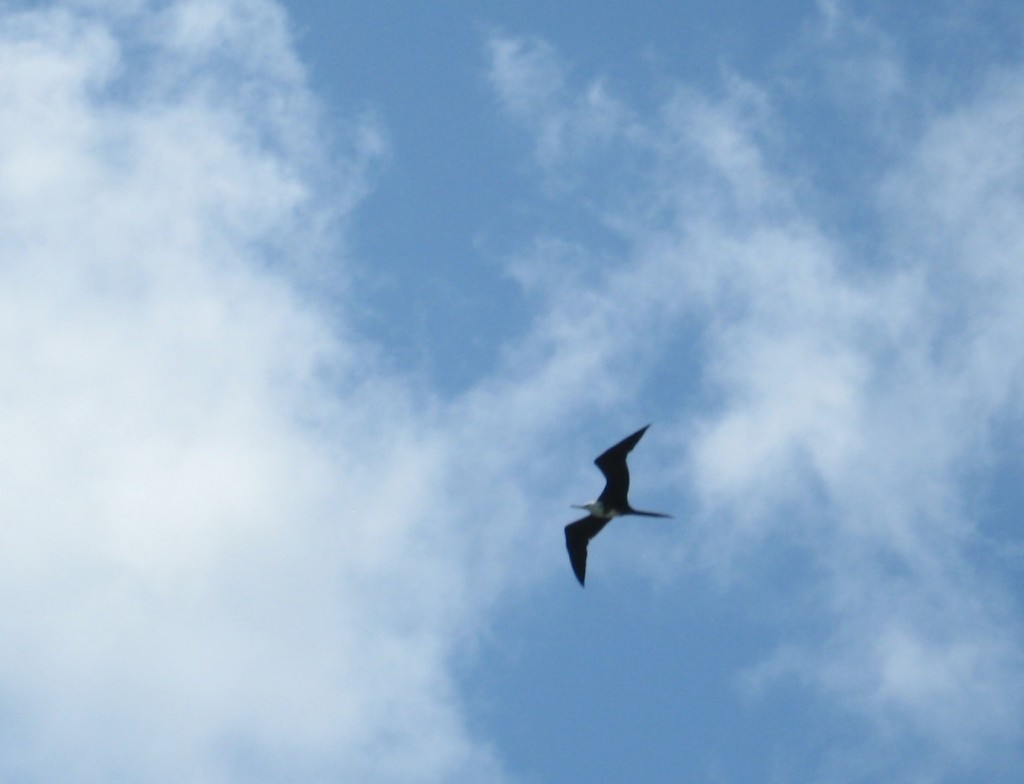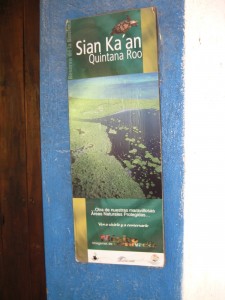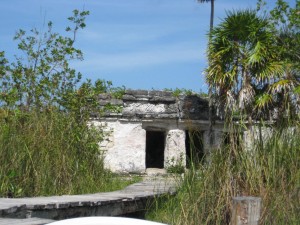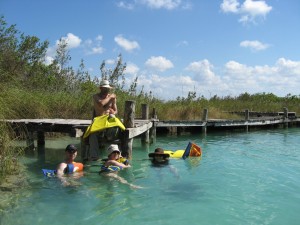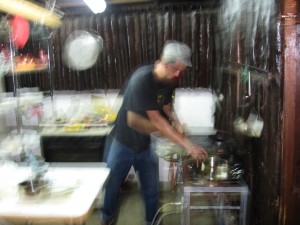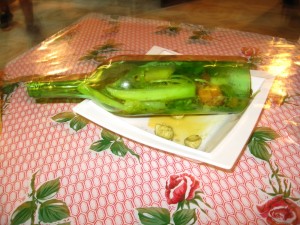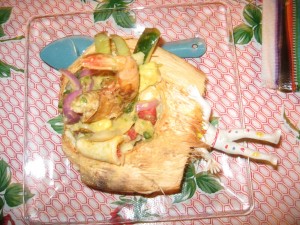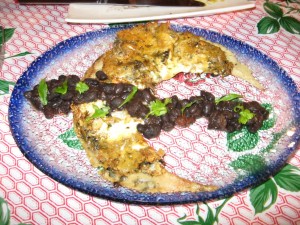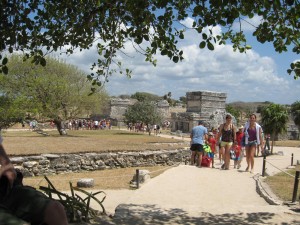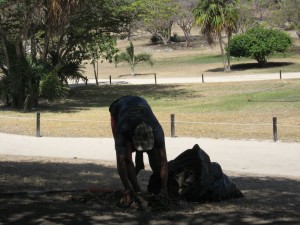“Tourism is often distorted and skewed in favour of the (relative) rich and powerful, whose interests control the destiny of many local communities as well as exerting a pervasive symbolic influence over toured cultures and ways of life” (S. Wearing, D. Stevenson and T. Young 2010 “Encountering the Other” in Tourist Cultures: Identity, Place and the Traveller. Sage Press. p. 54)
In the narratives we shared during our first meeting of the Reading Group in the Fall of 2010, I wrote:
“I want to develop a holistic understanding of tourism…its impact (positive and negative) on our biological world and its peoples. And I want to be able to stop feeling guilty of . . .my privileged position as an academic and explorer in economically depressed and politically oppressed parts of this world.”
I have come to understand the global phenomena of tourism a bit more now, thanks to the opportunity to visit the Yucatan with colleagues from the College. Keeping the above quote in mind, I have reflected on my tourist experience by exploring the metaphor of an onion to explain Yucatan society and cultures, and Chichen Itzá as a powerful multi-vocal symbol (or symbol with “many voices”) drawn from contemporary Yucatan tourist culture.
The Onion:
The onion appeared in every meal we ate. But the use of “onion” as a metaphor was very revealing. First, the metaphor was used by Quetzil as we shared breakfast with him in Piste. Then later Aldo relied on the onion to explain why we will never know about the beliefs of the Maya; an explanation accompanied with the motion of sealing his mouth with a zipper as his hands moved across his lips.
For both of these men, who themselves blend Mestizo and Maya in unique ways into their own lives, the heart of the onion is the Maya people, their land, and Maya traditions. For the most part, the “true” Maya is found in the hamlets of the rural areas, or working at tourist sites as maids, gardeners, or other forms of low paying occupations. These people speak Maya first, and then perhaps Spanish but rarely English or other languages. The layers of the “onion” or society that encompass the Maya “heart” are a broad category of individuals of Mestizo ancestry: restaurant owners and cooks, hacienda and Spa owners, tour guides, and other individuals who meet tourists directly within the tourist industries of the area. These individuals claim ties to the “real” Maya in different ways and these claims help legitimize them as “authentic” to the tourists they meet. The outer layers of the onion are the tourists or other representatives of global cultures. While tourists may think they are truly touching Maya culture, at least in our experience tourists are only interacting with the layers between “authentic” Maya and the tourist industry. How many tourists really speak one of the 29 Mayan languages or any of the 160 dialects currently spoken?
Quetzil’s field school (OESA) is unique for its placement of the “heart” of Maya culture first for students participating in the summer program. This program is “Maya-centric”:
The program begins with intensive language training and a core seminar on anthropological theory and heritage that provides participants the linguistic skills and conceptual tools to conduct fieldwork in Maya communities on heritage issues. Heritage is conceived as an inclusive domain that includes social processes and problems involving archaeological heritage development, tourism, sustainability, community participation and control of development, state policy and strategies of tourism, intangible cultural heritage such as handicrafts production and art markets, Maya medicine and systems of health and healing, urbanism and environmental heritage. (Quetzil Casteneda; OESA documents; personal communication)
and
To increase the prosperity, well-being, achievement, tranquility, self-determination, and positive valorization of sociocultural communities that are located in or that have been forced into the political, economic, and sociocultural margins of today’s globally interactive humanity (OESA website)
This field school trains advocacy anthropologists; ethnographers who can perhaps represent rural Maya through their lived experiences in home-stays and a working knowledge of Mayan language. If the right College of Wooster student is looking for an off campus experience like the one offered by Queztil, we all agreed that we would recommend learning more about the Maya who live around Chichén Itzá with the OSEA.
I think that there is one significant drawback to using the “onion” as a metaphor to describe the peoples of the Yucatan. “Layers” of social groups are never as clearly separated from each other as an onion’s layers are. A “Maya” identity may be interwoven throughout all social or cultural layers as individuals continually redefine themselves in relationship to different groups of people. Perhaps all indigenous peoples of the Yucatan are “Maya” to a global tourist. I mean, can you tell if a person is completely “Maya” by looking at them? Is Maya identity related to a particular phenotype? Or a clothing style? Or the language a person speaks? There is much potential for further research in these questions.
Chichén Itzá as Multivocal Symbol:
Imagine this archaeological site of the ancient Maya crystalized as one symbol, that of the largest pyramid, called the Castille by the Spanish conquistadores. The different vocalities of this symbol are found throughout the Yucatan in different cultural and social contexts. When we consider them all together we can come close to what Chichén Itzá might mean.
- Chichén Itzá the movie:
We first met this site when our reading group watched the movie created by Quetzil 10 years ago. Quetzil works with the Maya who live around Chichen Itza. He speaks their language and seeks to celebrate their causes. But in the movie, he is still refered to as a gringo, a non-Maya from the United States. In the movie abut this Maya site, we watched “traditional” Maya healers interact with a variety of New Age pilgrims from the U.S. and abroad at the sacred archaeological site to await the Spring equinox when the feathered serpent shadow appears on the side of the castillo (the Spanish name given to largest pyramid) and the universal cosmic harmonies aligned for all those had made the pilgrimage. We were also shown how the “real” Maya vendors were not allowed on this sacred site while the tourists were there.
- Chichén Itzá the book:
Our group met the site through our reading of Stephen’s book and Catherwood’s drawings. As I read about the discovery by Stephen’s group of stones buried under verdant growth I was fascinated. I felt the excitement of finding and uncovering yet another magnificent monument to a forgotten culture. We found this book in tourist shops all over the Yucatan and we found Catherwood’s images from the book on menus in restaurants, in framed pictures on walls of hotels and museums, and as small curios for purchase in stores.
- Chichén Itzá and our tourist visit:
The site is a UNESCO World Heritage Site and draws thousands of tourists each year. However, tourists can no longer climb the monuments, or even get close to the ancient stones. “Chichen Itza rose to regional prominence towards the end of the Early Classic period (roughly 600 AD). It was, however, towards the end of the Late Classic and into the early part of the Terminal Classic that the site became a major regional capital, centralizing and dominating political, sociocultural, economic, and ideological life in the northern Maya lowlands.” (Wikipedia) There are a few vendors, but as we learn later, those vendors who are allowed on the actual site actually used to live there. When these Maya were removed from their homes, and the buildings were destroyed for the tourist site, they were given permission to return to sell to tourists.
- Chichén Itzá on December 2012 or Fun Times for New Age practitioners in the Yucatan:
“The solstice on December 21, 2012 will occur at 5.57 am (local time) in Chichén Itzá beginning the commemorative events. At sunrise, 6.31 a.m. the Maya New Age Monument and Calendar End-date Stele will be inaugurated. Our planet will enter the winter solstice at 11:11:56 UT on December 21, 2012. After the ceremony begins, five Maya H’menes [male shamen) will plant 4 Ceiba trees, symbolic of the Milky Way and mythical “bearers” of the universe, one at the end of each sacbe, the sacred roads leading to the four cardinal points radiating from the Maya New Age Monument; the Stele will be the “Central Tree” or zenith. When the tree-planting is finished, the H’menes will perform the millennial New Fire ceremony which will remain from December 21 through 23, 2012. The celebration will be open to the world: in its countries, communities, regions, cultural institutions, etc. regardless of race, religion, gender, culture or belief. Because the Maya culture is universal, the 2012 event will be worldwide. Every community within Maya geography will be invited to hold ceremonies simultaneously with the inauguration of the Maya New Age Monument: a homage from today’s Maya to their ancestors, creators of their calendar, to their historical continuity beyond the Ages. The happenings of December 21, 2012 will be broadcast by diverse media including the Internet; for those following the events around the world, the Galactic Alignment will occur when the light from the rising sun obscures the stars. The transmission will include graphics showing the Astronomical Conjunction and images of the events in Chichén Itzá.” (www.chichen2012.org)
- Chichén Itzá as tourist collectable
The Castillo, representing the archaeological site, has also come to symbolize all of the Yucatan. It is printed on the front of t-shirts with the words “Maya”, “The Yucatan” or “Mexico” underneath the pyramid. Tourists can purchase ceramic models of the pyramid with the site’s name and Mexico cast into the plaster. Back at home, this object stands for the tourist journey, an exotic place far away, and the cultural, social and economic capital that allowed the tourist to visit that spot in the first place.
-
Chichén Itzá as contested site: a symbol of indigenous Maya political and economic oppression
Certainly this symbol reflects a proud heritage for indigenous peoples. But it is one that also reflects their subjugation first by the Spanish and Catholicism and now by the tourist industry that is the predominate business of the Yucatan. People at the “heart” of the social structure are also those least likely to benefit from the current political and economic system in which they live.
At any given point, and depending upon which individual is describing the Chichen Itza, some vocalities of this symbol will be celebrated over others. Of course Chichen Itza is not the only multiple vocal symbol present in Yucatan cultures. We could also talk about “water” or “the feathered serpent”. I suspect that those who are mediating between the “real” Maya and global tourists actively rely on these multiple constructions to help them shift identity in a complex world.
And woven throughout our experiences in the Yucatan was the echoes of ancient Maya religion with a general New Age syncretism. Our reading group discussed the relationship between sacred areas and biodiversity conservation in “The Links between Protected Areas, faiths, and Sacred Natural Sites by Dudley, Higgins-Zobgib and Mansourian (in Conservation Biology, Vol.. 23, No. 3. Pp. 568-577). As these authors argue, “faiths relate to protected areas through the more general influence they have on the way their followers view the natural world” (p. 568). The stories we heard on our trip, from so many different people, worked to connect the ancient Maya spiritual beliefs and practices with a growing awareness of the potential devastation of global tourism on the social, cultural and biological environments of the Yucatan through New Age beliefs. If we could all really be reincarnated Maya, as Aldo suggested, then we all have an obligation to help preserve the natural habitats (people, monumental sculptures, and biodiversity in natural habitats) from destruction.
Our group went to the Yucatan on our own unique pilgrimages for knowledge and for new experiences in societies and cultures different from our own. I would like to think that we were the “good” kind of tourist; ones who understood our impact on the economy and environment of the region and who tried to understand the worlds of those we met. Since the Yucatan is organized in significant ways around the tourist industry, the people we met appeared to need our visit to contribute to their income. We were even consulted as “experts” by two restaurant owners who were trying to make a success of their establishments in a very difficult social environment.
I believe we were successful in the challenge issued by Wearing et al.: “to envision a more nuanced version of the tourist and the tourism experience — one which is capable of providing the basis for an undertanding of lived tourist cultures” (p. 8). I believe that we attempted to employ “a sustainable approach to tourism. . .where local environments and communities are treated with respect, and where human-to-human and human-to-environment interactions are given priority” (p. 15). I guess we probably shouldn’t have used air conditioners, especially in traditional Maya huts with thatch roofs. And I wish that some of us had been able to speak a Mayan language.
I would love to find a way to support the Maya and educate the world, especially potential tourists to the Yucatan, about the social and environmental issues impacting this toured area. The promise of a new “theme” park in the center of the Yucatan, replete with water slides, artificial beaches and multi-layered pools of water inside the convention sized hotels heralds a social and economic disaster for the area. What can we as scholars do to help avoid this future? Can there be such a thing as “advocacy tourism”?
We were very fortunate to be offered an opportunity to make this pilgrimage to this amazing part of our world. We worked very hard in a very beautiful (and hot) setting. There is no doubt that tourists impact the areas they visit in many ways. I would hope that the tourists return to their homes changed as well. I know that I returned to Wooster full of new perspectives on the Yucatan and my place as a global tourist. And I look forward to sharing what I have learned with my students and with the College community. I really want to thank my fellow travelers for this most excellent trip. My experience was enriched by being a member of our group as we toured across the Maya landscapes. Thanks!










